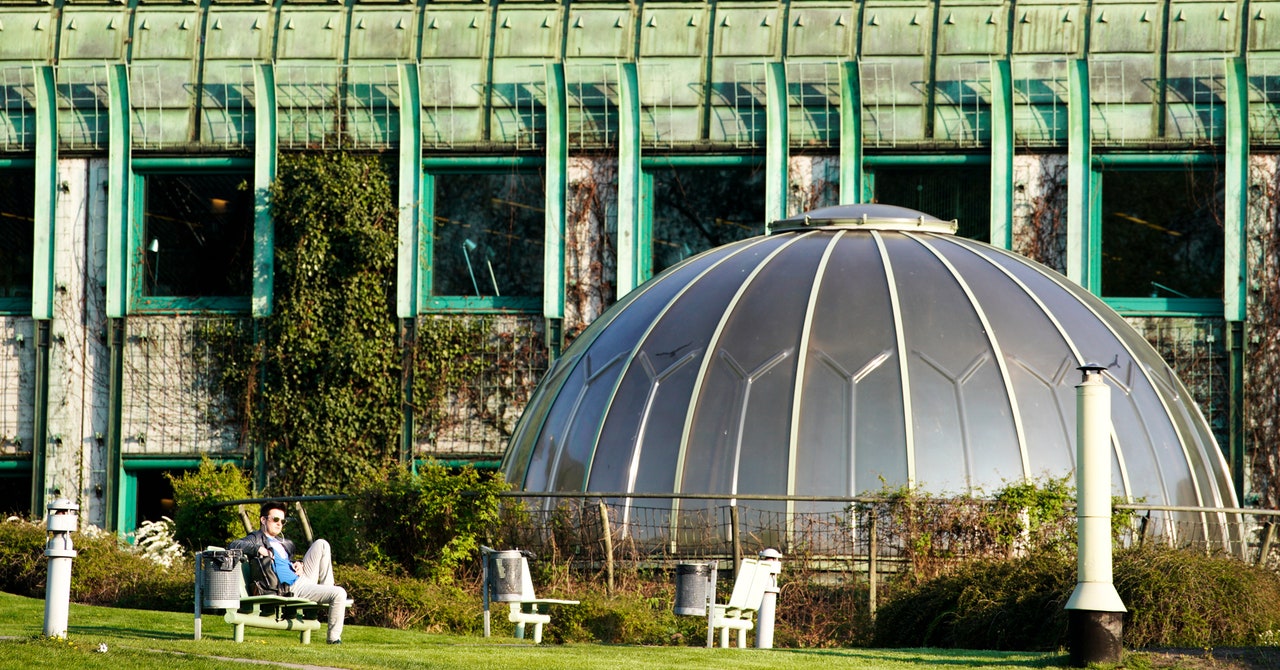The most innovative library in Europe has a botanical garden on the roof
Standing on the rooftop garden of the University of Warsaw Library (Biblioteka Uniwersytecka w Warszawie) feels like the center of the universe, or at least Poland. From the site you can see the tower of the Palace of Culture and Science, the neighboring Copernicus Science Center, the PGE Narodowy Stadium and the banks of the Vistula River. From below, visible through large arched windows, it is also easy to spot students sitting in the classrooms below, surrounded by piles of books.
There is an inherent appeal to library tourism – seeing the places where nations store their collective knowledge and history. The Warsaw University Library is a particularly rich stop. While this intellectual center has only been around for 26 years on Dobra Street, the library has long been a symbol of the city’s struggle for knowledge. Since its foundation in 1816. he lived through both world wars, the November Uprising of 1830. and communism. At a time when books and knowledge are once again under threat, both in the US and abroad, it’s also a reminder of the wealth of knowledge that can be lost in the digital age.
The building is a dramatic departure from the blocky Soviet-style architecture that has defined so much of the city’s character. As librarian Lilianna Nalewajska explains, its exterior, featuring a candy-pink grid from the library’s former digs (a symbolic link between past and present) and a green facade with book-like engravings from Plato, Polish poet Jan Kochanowski, and various other classics, are homages to what is contained within. This is especially important when you consider the building’s construction date of 1999, just eight years after the fall of communism, when many of these works were restricted from public access.
“The idea of the architects of this place, Marek Budzinski and Zbigniew Badowski, was to show that this is an important place for humanity,” Nalewajska says. “But here you will find a text taken from different cultures, different attitudes. Visitors come through the books to the light.
The building is made of glass and steel, a minimalist structure designed to make the most of light during the short winter days. Large green beams curve through the glass ceiling, creating a metal canopy reminiscent of a forest. In 2002 Poland’s Minister of Infrastructure awarded the library an award for its “outstanding digital qualities”.
As Nalewajska notes, the symbolism of the entrance extends throughout the building, particularly noticeable in the statues of Demosthenes and Sophocles that stand on columns surrounding the entrance.








